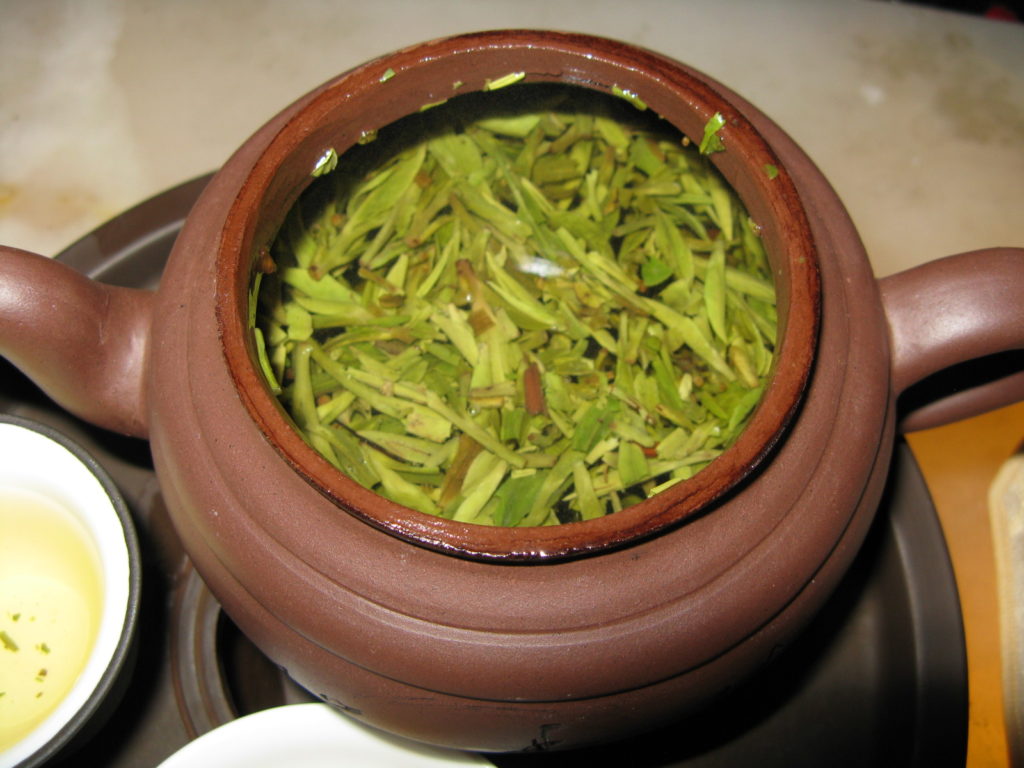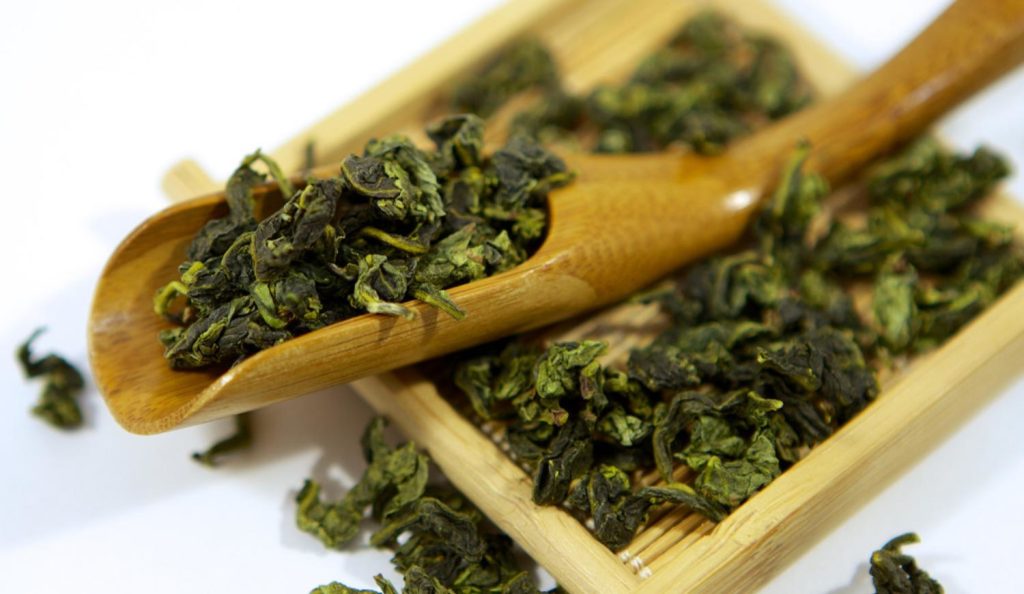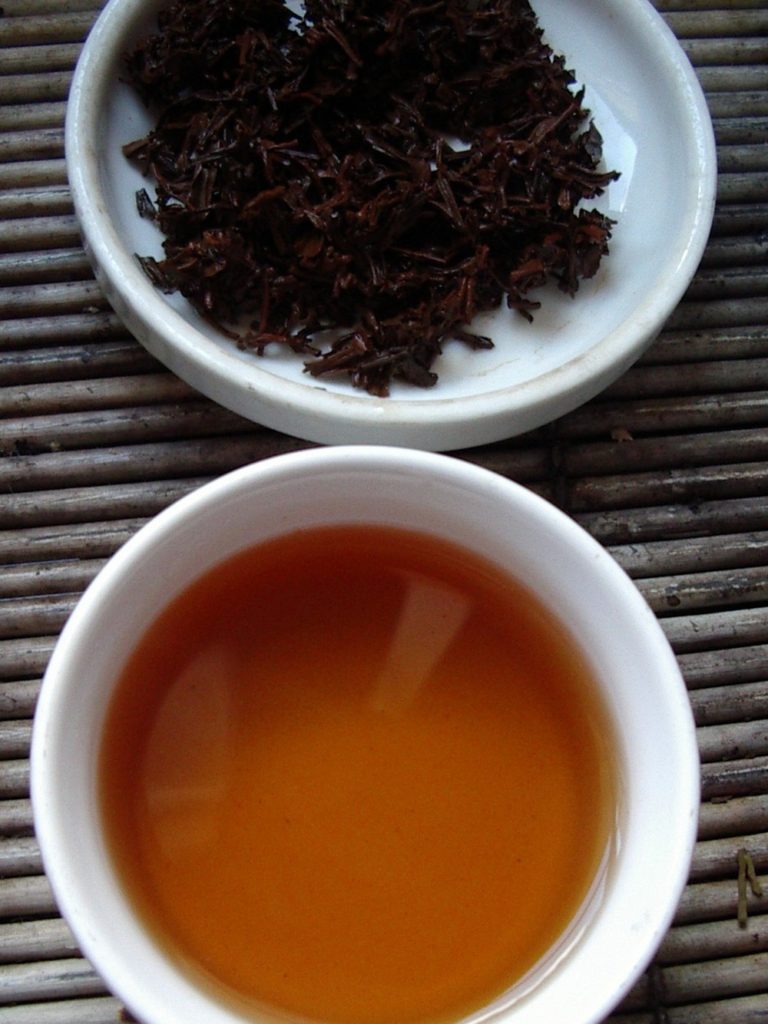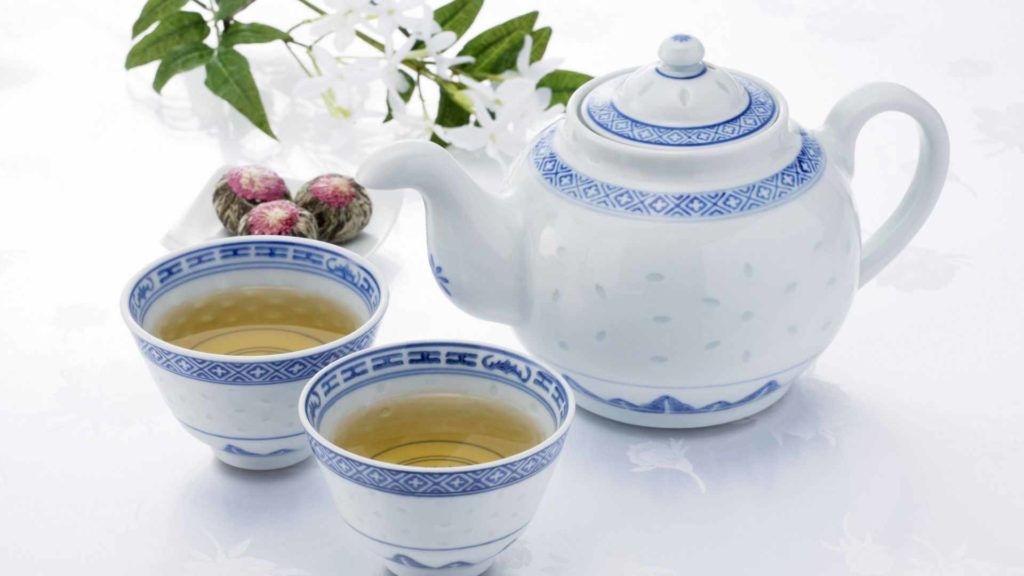In China, tea-drinking is that rare custom that transcends the physicality of its parts: no longer only about teas and their paraphernalia. It is a daily necessity for the Chinese to have three meals and tea every day. When a guest enters a household, it’s common to present a cup of tea to him or her. In every Chinese city, teahouses can be found, often in surprising numbers. In these ways and more, tea-drinking continues to be a fundamental part of Chinese culture. Below you can find our list of the top ten most famous teas in China.
1. Huangshan Maofeng Tea 黄山毛峰茶 (Yellow Mountain Fur Tip)
Huangshan is our number one tea for several very good reasons. So named for the tips of the tea leaves, which are covered in a thin layer of fine white hairs, this kind of tea is best harvested in early spring, before the Qingming Festival. Only the new buds, which look like orchid buds, and the leaves near the buds are picked for making tea.
2. Long Jing 龙井 (Dragon Well Tea)
Many sources agree that China’s finest tea is the West Lake Dragon Well tea (Xi Hu Longjing 西湖龙井) which is gronw in the hills surrounding West Lake, southwest of Hangzhou City. Dragon Well derives its name from a local spring that legend says to be the lair of a dragon. Also known as Longjing, one thing is certain: this is the best well known of China’s green teas.
Generally speaking, it takes six hours to harvest the Dragon Well tea and four hours to prepare and steep. The color of the resulting tea is a notoriously beautiful green, and the taste is flat and smooth.
3. Biluochun Tea 碧螺春 (Green Snail Spring)
A popular choice for China’s second finest tea is Suzhou’s Green Spiral Tea (Dongting Biluochun 洞庭碧螺春). Biluochun is also known as Pilochun. It is so-called because of the tea bud’s resemblance to the meat of a snail, and it is harvested early every spring.
This tea distinguished by its exquisite appearance, floral aroma, showy white hairs and early harvesting. It is said that it was discovered by woman picking tea. When she placed these particular buds between her breasts, imbuing them with her body heat, they released the tea’s now famous floral aroma.
4. Tieguanyin 铁观音 (Iron Goddess)
Iron Goddess Tea (Anxi Tieguanyin 安溪铁观音) takes the bronze. It is an oolong (some would say the finest) Wulong tea with a fresh and mellow taste, a favorite for summer consumption. Tieguanyin is named after the Chinese Buddha – Goddess of Mercy Guanyin, who is considered the female embodiment of Avalokitesvara Bodhisattva. The process for making the Tieguanyin Tea is notoriously complex and requires professional skills. The leaves must be raw and of high quality, picked at exactly the right time.
5. Junshan Yinzhen Tea 君山银针
Junshan Yinzhen Tea is a type of yellow tea originating on Junshan Island of Hunan Province. It is also grown around Dongting Lake, where the Junshan Island is located.
6. Puer Tea 普洱茶 (Yunnan Pu’er)
Puer, the next major stop in Yunnan after Xishuangbanna, was where tea was traded for a long, long time– and it gave its name to this famous type of dark pressed tea. Though most prefectures in Yunnan including Xishuangbanna, produce Puer tea, it should really be sampled as close as possible to Puer. It’s distinguished by its departure from the ordinarily subtle and delicate flavors of good Chinese tea. Instead, Puer tea has a rustic, woody taste that inevitably soothes.
7. Qimen Hong Cha 祁门红茶 (Keemun Tea)
Keemun Tea or Qimen Hong Cha is a type of black tea that originated in the Qinmen County of Anhui Province. The tea is essentially fruity, with notes of pine and prune. The aroma is floral, and connoisseurs will detect orchid in the complex flavor mix. It is also known as “Chinese Sweet Tea.” Depending on the variety, the tea can be prepared to emphasize an underlying bitterness or smokiness.
8. Da Hong Pao 大红袍 (Large Red Robe)
Da hong pao or large red robe tea is the most famous tea native to Mount Wuyi. It’s a variety of oolong tea of which less than a single kilogram of tea was historically harvested each year. There is a legend about da hong pao: a Ming Dynasty King’s mother was cured of her illness by a certain tea, and the King sent red robes to drape on the four tea bushes to show his thanks. Now there are three original bushes still growing on the rock of Mount Wuyi, which is said to date back to the Song Dynasty.
9. Lu’an Melon Seed Tea 六安瓜子茶
Lu’an melon seed tea, or liuan leaf tea, is a kind of green tea grown exclusively in Lu’an City of Anhui Province. It finds its way onto all the most esteemed tea rankings.
The shapes of this tea’s leaves are flat and ovoid, which makes them appear like the seeds of a melon – hence the name. Most green teas as produced from the new buds in a central vein, but Lu’an melon seed tea uses the second leaf on the branch. The central veins on these leaves are actually removed and shaped so that the tea will not been oxidized.
10. Jasmine Tea 茉莉花茶
Jasmine tea, a kind of scented tea is a tea variety typical of China. It originated in the Song Dynasty, grew in the Ming Dynasty, and became popular in the Qing Dynasty.
The high-quality jasmine tea is made from green tea and scented with fresh jasmine flowers. It is one of best flower tea varieties.










